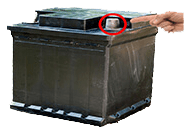Regenerate Old Batteries: The Ultimate Guide to Bringing Your Batteries Back to Life
Many people may not realize that old batteries can be regenerated and given new life. This process can save money and reduce waste by extending the lifespan of batteries that would otherwise be discarded. Regenerating old batteries involves restoring their ability to hold a charge, which can be lost over time due to a variety of factors.
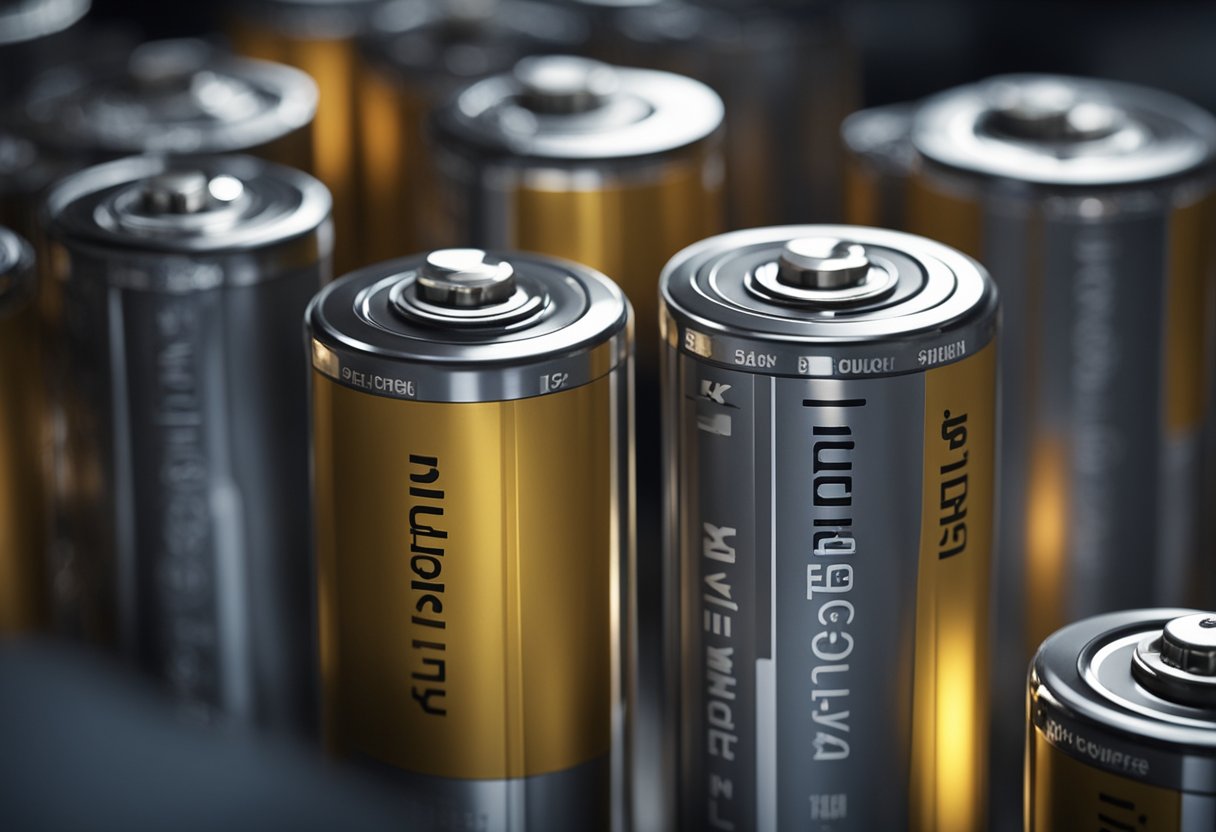
There are several methods for regenerating old batteries, each with its own advantages and disadvantages. Some methods involve using chemicals to clean the battery’s internal components, while others use specialized equipment to recharge the battery. It is important to note that not all batteries can be regenerated, and attempting to do so with the wrong type of battery can be dangerous. However, for certain types of batteries, regeneration can be a cost-effective and environmentally-friendly solution.
Understanding Battery Degradation
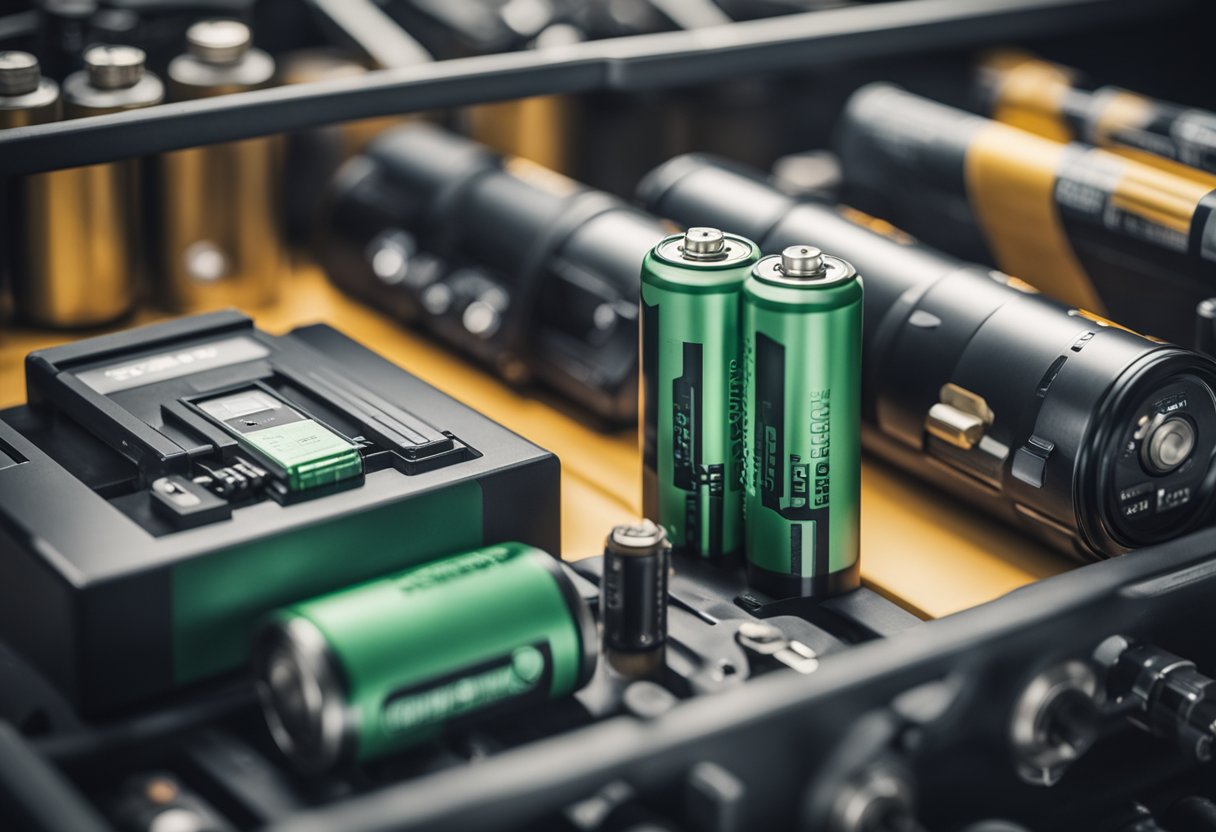
Chemical Processes
Batteries are electrochemical devices that rely on the flow of ions between two electrodes to produce an electrical current. Over time, the chemical reactions that drive this flow can cause the battery to degrade, reducing its capacity and ability to hold a charge.
One common form of degradation is the formation of solid deposits on the electrodes, known as “dendrites.” These can short-circuit the battery, reducing its lifespan and potentially causing it to fail.
Another chemical process that contributes to battery degradation is the breakdown of the electrolyte, the liquid substance that facilitates the flow of ions between the electrodes. This can lead to a decrease in the battery’s capacity and an increase in its internal resistance, making it less efficient at storing and delivering energy.
Common Causes of Battery Wear
There are several factors that can contribute to battery degradation, including:
- Overcharging: Excessive charging can cause the battery to overheat, damaging its internal components and reducing its lifespan.
- Undercharging: Failing to fully charge the battery can cause it to develop a “memory effect,” where it loses capacity over time and becomes less efficient.
- High temperatures: Exposure to heat can accelerate the chemical reactions that cause battery degradation, reducing its lifespan.
- Age: All batteries degrade over time, regardless of how well they are maintained. As a battery ages, its capacity and ability to hold a charge will naturally decrease.
By understanding the chemical processes that contribute to battery degradation and taking steps to mitigate common causes of wear, it is possible to extend the lifespan of old batteries and reduce the environmental impact of battery disposal.
Safety Precautions for Battery Regeneration
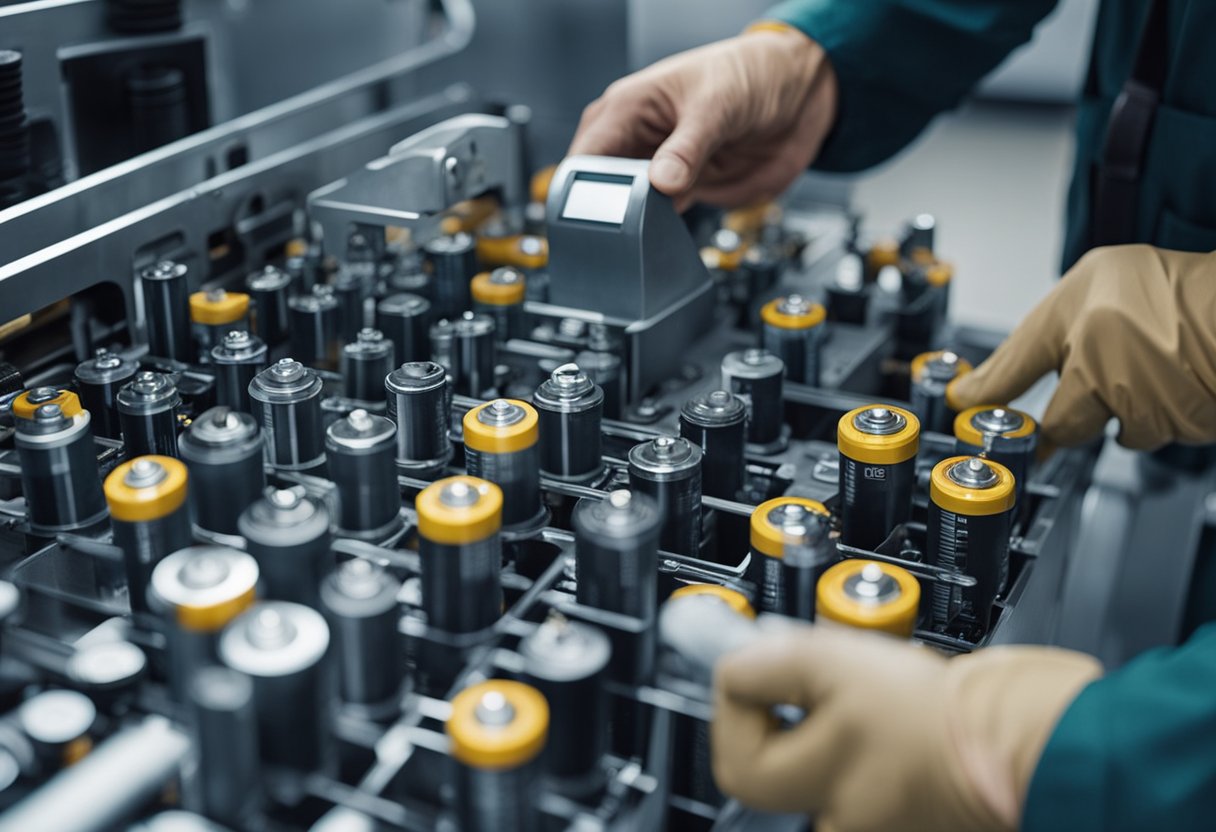
When regenerating old batteries, it is important to follow certain safety precautions to prevent injury and damage to the battery. The following are some of the safety precautions that should be taken when regenerating old batteries:
- Wear protective gear: When working with batteries, it is important to wear protective gear such as gloves, goggles, and a face mask to protect yourself from the chemicals and fumes that may be released during the regeneration process.
- Work in a well-ventilated area: The regeneration process can release harmful fumes, so it is important to work in a well-ventilated area to prevent inhalation of these fumes.
- Avoid smoking or open flames: Smoking or using open flames near the regeneration area can be dangerous, as the chemicals used in the process are flammable.
- Keep the battery away from children and pets: The chemicals used in the regeneration process can be harmful if ingested, so it is important to keep the battery and any chemicals used in a safe and secure location away from children and pets.
- Follow the manufacturer’s instructions: Different types of batteries may require different regeneration processes, so it is important to follow the manufacturer’s instructions carefully to ensure that the process is done correctly and safely.
By following these safety precautions, you can ensure that the battery regeneration process is done safely and effectively.
Regeneration Techniques
Discharging and Charging Cycles
One of the most common techniques to regenerate old batteries is to perform several discharging and charging cycles. This technique is particularly useful for batteries that have been sitting unused for a long time. The process involves discharging the battery completely, then charging it back up to its full capacity. This cycle is repeated several times until the battery is able to hold a charge for a longer period of time.
Electrolyte Replacement
Another technique for regenerating old batteries is to replace the electrolyte solution. Over time, the electrolyte solution in a battery can become contaminated or depleted, leading to a decrease in the battery’s overall performance. By replacing the electrolyte solution, the battery can be rejuvenated and its performance can be restored. It is important to note that this technique is not suitable for all types of batteries and should only be attempted by those with experience in battery maintenance.
Pulse Charging Methods
Pulse charging methods involve applying high-frequency pulses of energy to the battery in order to break down any sulfation that may have formed on the battery plates. Sulfation is a common problem in lead-acid batteries and can lead to a decrease in the battery’s overall performance. By using pulse charging methods, the sulfation can be broken down and the battery’s performance can be restored. However, it is important to note that this technique should only be attempted by those with experience in battery maintenance.
By utilizing these regeneration techniques, old batteries can be given a new lease on life and their performance can be restored. It is important to note that not all batteries can be regenerated and that proper safety precautions should be taken when attempting to regenerate a battery.
Tools and Materials Needed for Regeneration
To regenerate old batteries, there are several tools and materials that one will need. These include:
1. Battery Charger
A battery charger is an essential tool for battery regeneration. It is used to charge the battery and also to monitor the voltage and current during the regeneration process.
2. Multimeter
A multimeter is used to measure the voltage and current of the battery. It is important to monitor these values during the regeneration process to ensure that the battery is not overcharged or over-discharged.
3. Distilled Water
Distilled water is used to refill the battery cells after the regeneration process. It is important to use distilled water as it does not contain any impurities that may damage the battery.
4. Epsom Salt
Epsom salt is used to create a solution that is used to regenerate the battery. It helps to remove the sulfate buildup in the battery cells and restore the battery’s capacity.
5. Safety Equipment
Safety equipment such as gloves and goggles should be worn during the regeneration process to protect against any potential hazards.
In addition to these tools and materials, it is important to have a good understanding of the battery regeneration process and follow the proper procedures to ensure a successful regeneration.
Step-by-Step Battery Regeneration Guide
Battery regeneration is a process that can help extend the life of old batteries and save money. Here is a step-by-step guide to regenerating your old batteries:
- Safety first: Always wear protective gear, such as gloves and safety glasses, when working with batteries. Make sure the battery is disconnected from any power source before attempting to regenerate it.
- Clean the battery: Before attempting to regenerate the battery, clean it thoroughly with a mixture of baking soda and water. This will remove any corrosion or build-up on the battery terminals.
- Test the battery: Use a battery tester to determine the current state of the battery. This will help you determine if the battery is worth regenerating or if it needs to be replaced.
- Prepare the regeneration solution: Mix together distilled water and Epsom salt to create a regeneration solution. The amount of Epsom salt needed will depend on the size of the battery.
- Add the regeneration solution: Carefully pour the regeneration solution into the battery cells. Be sure to fill each cell to the appropriate level.
- Charge the battery: Connect the battery to a charger and allow it to charge for several hours. The amount of time needed will depend on the size of the battery and the charger being used.
- Test the battery again: Once the battery has been charged, use a battery tester to determine its current state. If the battery is still not holding a charge, repeat the regeneration process.
By following these steps, you can successfully regenerate old batteries and extend their lifespan. However, it is important to note that not all batteries can be regenerated and some may need to be replaced. Always exercise caution and follow proper safety procedures when working with batteries.
Evaluating Battery Health Post-Regeneration

After regenerating an old battery, it is essential to evaluate its health to determine whether it is suitable for further use. Here are some ways to evaluate battery health post-regeneration:
1. Voltage Testing
The first step in evaluating battery health is to test its voltage. A fully charged battery should have a voltage reading that is close to its rated voltage. If the voltage reading is significantly lower, it may indicate that the battery has a low capacity or is damaged.
2. Capacity Testing
Capacity testing is another way to evaluate battery health. It involves discharging the battery and measuring the amount of energy it can deliver. A healthy battery should be able to deliver its rated capacity or close to it. If the battery delivers significantly less energy, it may indicate that the battery has a low capacity or is damaged.
3. Internal Resistance Testing
Internal resistance testing can also help evaluate battery health. It involves measuring the resistance of the battery’s internal components. A higher resistance may indicate that the battery is damaged or has a low capacity.
4. Visual Inspection
A visual inspection can also reveal signs of battery damage, such as bulging, leaking, or corrosion. If any of these signs are present, the battery may not be suitable for further use.
By using these methods, one can evaluate the health of a regenerated battery and determine whether it is suitable for further use. It is important to note that not all regenerated batteries will be suitable for use, and some may need to be recycled or disposed of properly.
Maintenance Tips to Prolong Battery Life
To ensure that old batteries last longer, proper maintenance is essential. Here are some tips to help prolong the life of your batteries:
1. Regularly Clean the Battery Terminals
Over time, battery terminals can become corroded, which can impede the flow of electricity. Regularly cleaning the terminals with a wire brush and a solution of baking soda and water can help prevent this.
2. Store Batteries Properly
When not in use, batteries should be stored in a cool, dry place. Extreme temperatures can cause batteries to lose their charge faster, reducing their overall lifespan.
3. Avoid Overcharging Batteries
Leaving batteries on charge for extended periods can cause them to overheat and damage the internal components. Always follow the manufacturer’s instructions on charging times and avoid overcharging.
4. Use the Right Charger
Using the wrong charger can also damage batteries. Always use the charger that is designed for your specific battery type and model.
5. Recondition Old Batteries
Reconditioning old batteries can help extend their life. There are various methods for reconditioning batteries, including using a desulfator or a battery rejuvenator. However, it’s important to note that not all batteries can be reconditioned, and attempting to do so can be dangerous if not done correctly.
By following these maintenance tips, you can help prolong the life of your old batteries and save money in the long run.
Environmental Impact of Battery Regeneration
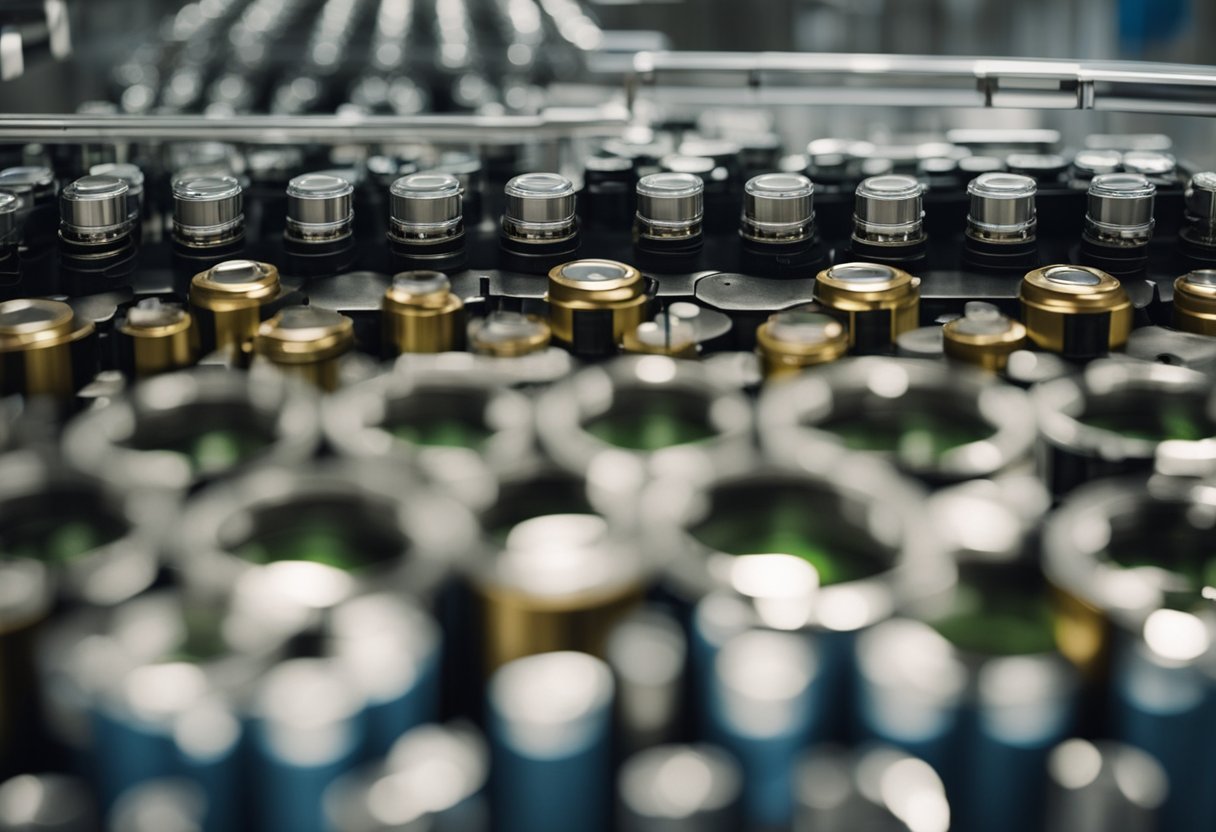
Battery regeneration is a process that aims to extend the life of old batteries, thereby reducing the number of batteries that end up in landfills. This process has a positive impact on the environment by reducing the amount of electronic waste that is generated.
When batteries are disposed of improperly, they can release toxic chemicals into the environment. These chemicals can leach into the soil and water, causing harm to plants, animals, and humans. By regenerating old batteries, the amount of waste that is generated is reduced, which in turn reduces the potential for environmental damage.
In addition, battery regeneration can also help to reduce the demand for new batteries. The production of new batteries requires the extraction of raw materials, which can have a negative impact on the environment. By extending the life of old batteries, the need for new batteries is reduced, which in turn reduces the demand for raw materials.
Overall, battery regeneration has a positive impact on the environment by reducing the amount of electronic waste that is generated and by reducing the demand for new batteries. This process helps to ensure that resources are used more efficiently and that the impact on the environment is minimized.
Future Technologies in Battery Regeneration
As technology advances, new methods for regenerating old batteries are emerging. These technologies promise to make the process faster, more efficient, and more cost-effective. Here are some of the most promising future technologies in battery regeneration:
1. Ultrasonic Cleaning
Ultrasonic cleaning is a process that uses high-frequency sound waves to clean and regenerate batteries. This technology is already being used in some battery regeneration shops, and it is proving to be very effective. Ultrasonic cleaning can remove even the most stubborn deposits from battery plates, which can significantly improve battery performance.
2. Pulsed Electromagnetic Field Therapy
Pulsed electromagnetic field therapy is a non-invasive treatment that uses electromagnetic fields to regenerate damaged tissues. This technology is now being used to regenerate old batteries as well. By exposing old batteries to pulsed electromagnetic fields, the technology can help break down sulfation and other deposits on battery plates, which can restore battery performance.
3. Nanotechnology
Nanotechnology is a field of science that deals with materials at the nanoscale level. This technology is now being used to develop new materials that can improve battery performance. For example, researchers are developing nanomaterials that can improve the conductivity of battery electrodes, which can increase battery efficiency and lifespan.
4. Artificial Intelligence
Artificial intelligence (AI) is a technology that can analyze large amounts of data and make predictions based on that data. This technology is now being used to analyze battery performance data and predict when batteries will fail. By identifying failing batteries early, AI can help prevent battery failure and extend battery life.
Overall, these future technologies in battery regeneration hold a lot of promise. As they continue to be developed and refined, they will likely become even more effective and widely used in the battery regeneration industry.
